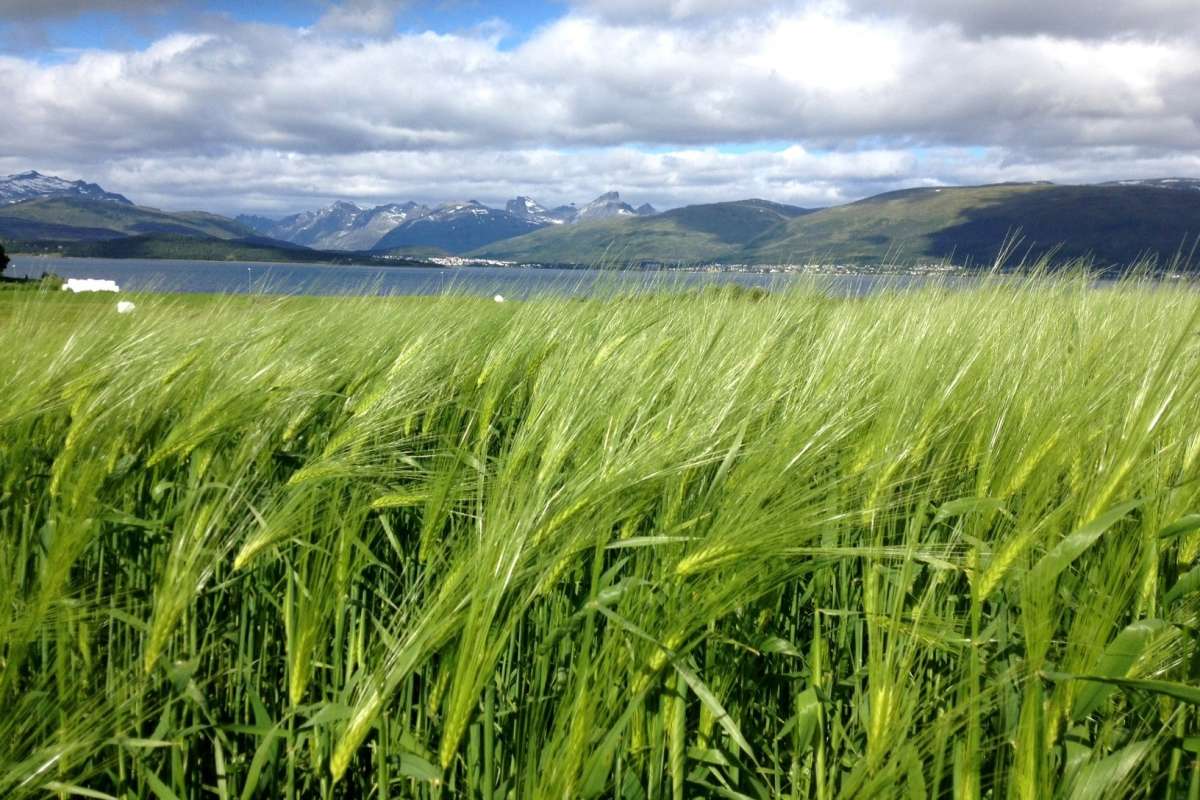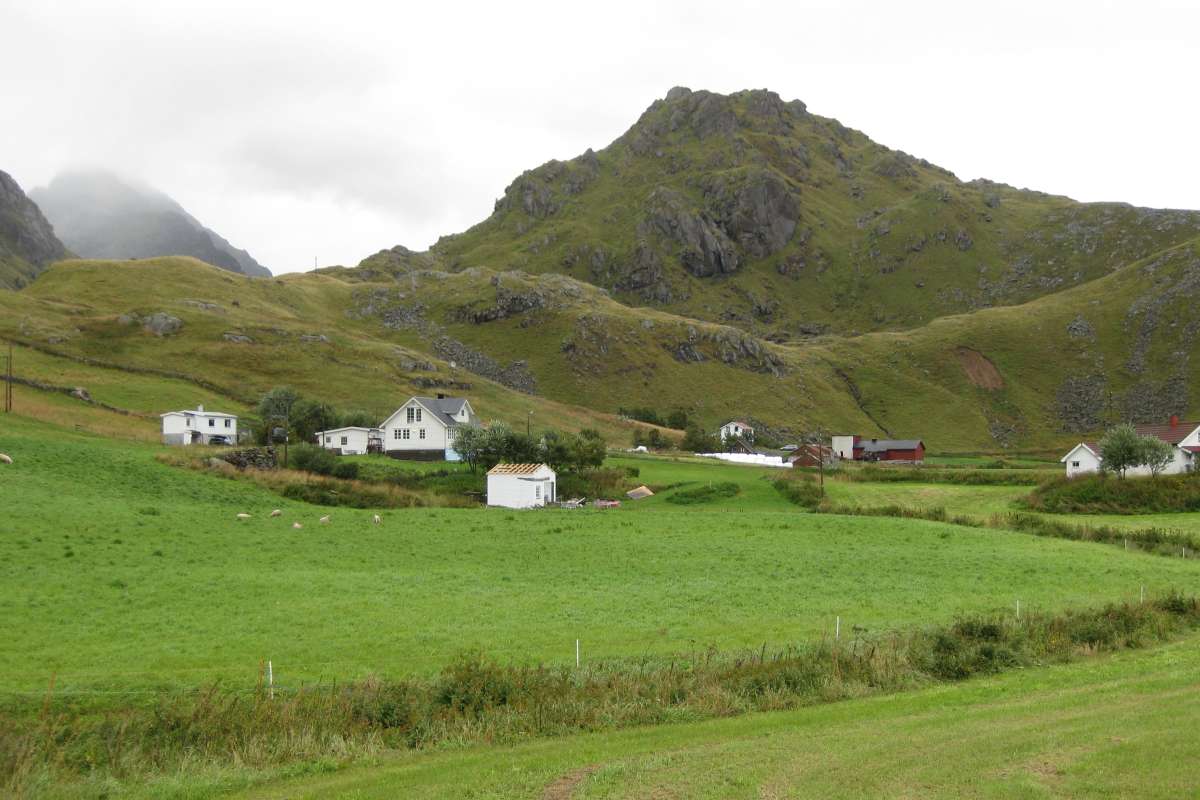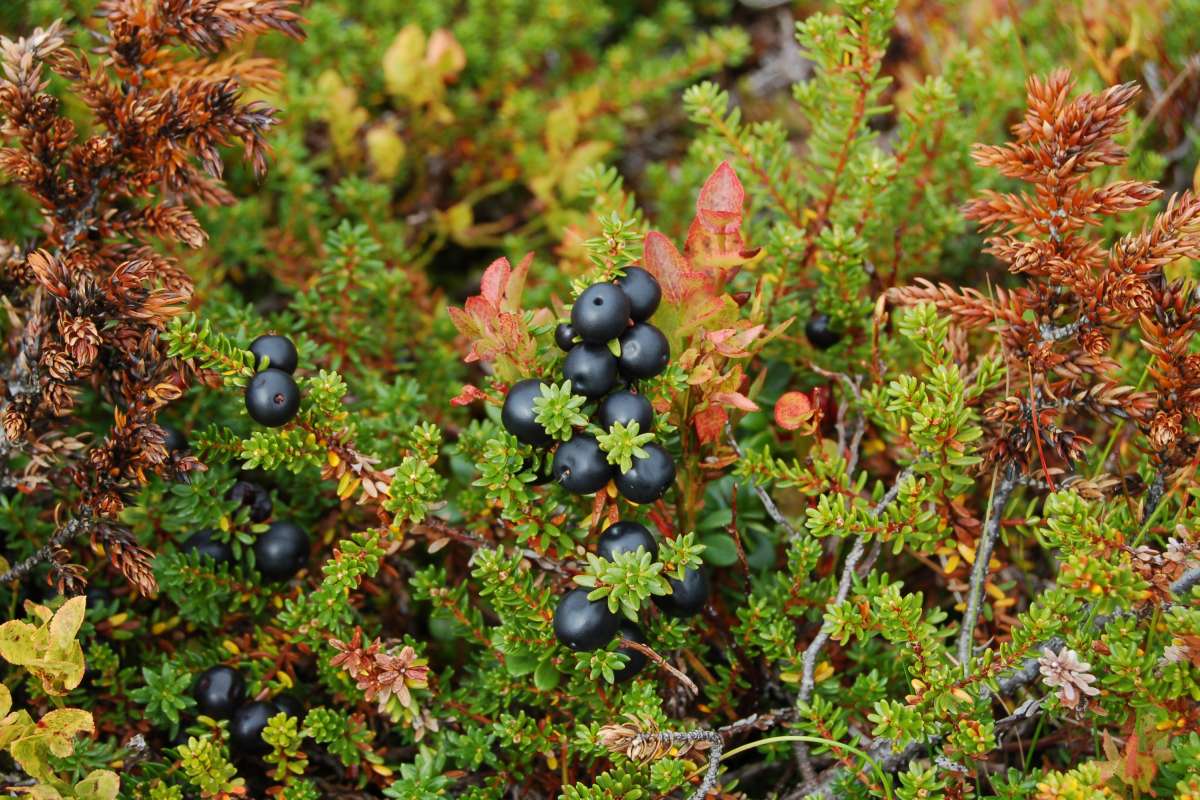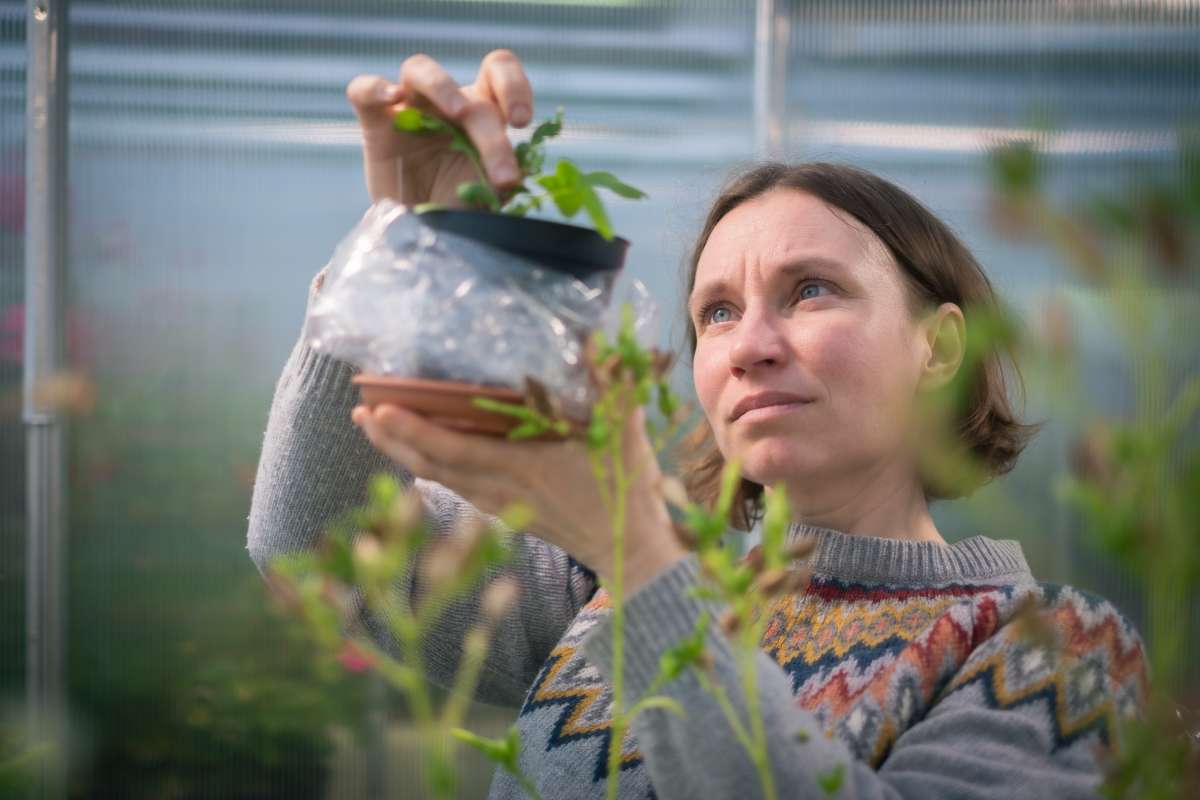Circumpolar Agricultural Conference 2025 held in Tromsø
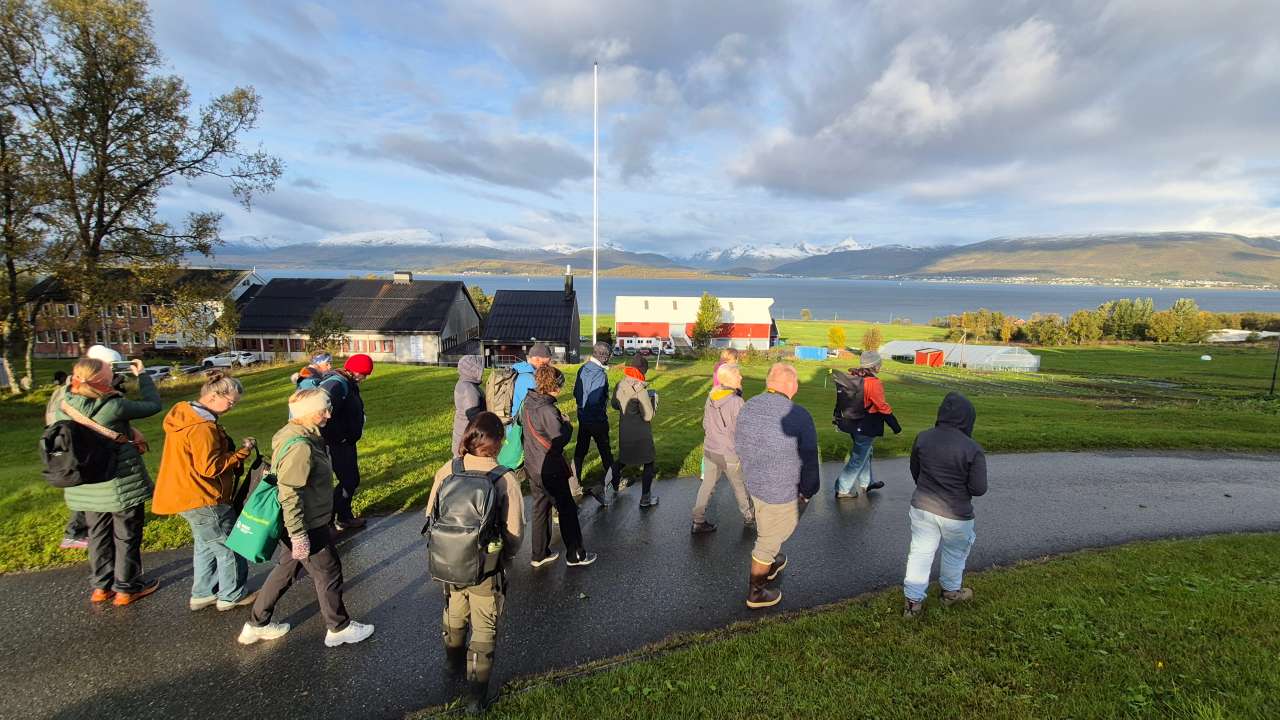
Morning visit to NIBIO Tromsø research station just outside the city. Photo: Morten Günther
Last week, NIBIO hosted the Circumpolar Agricultural Conference (CAC) 2025, an international event that brought together around 120 participants from across the circumpolar region, including the Nordic countries, Alaska, and northern Canada.
The theme of this year’s conference was “Arctic Agriculture in a Changing World.” The event aimed to highlight the role of agriculture in the circumpolar bioeconomy and emphasize the importance of knowledge sharing to ensure competitiveness and sustainable value creation in the agricultural and food sectors.
Over two full days, participants attended presentations and lectures at the Fram Centre, learning about cutting-edge research projects and hearing inspiring success stories from different parts of the circumpolar region.
The opening session included speeches by Ivar Horneland Kristensen (CEO of NIBIO), Audun Korsæth (Director of NIBIO's Division of Food and Society), and Sandra Márjá West, political advisor to the Governing Council at Sámediggi - an elected representative body for the Sámi people in Norway. The keynote speech was held by Kari Koppelmäki from the University of Helsinki, Finland.
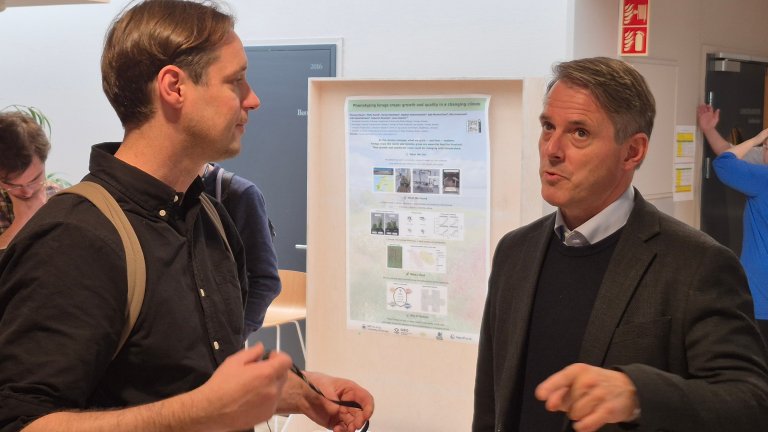
Field excursions to learn more about agriculture in Northern Norway
An additional day was dedicated to field excursions in the surroundings of Tromsø.
The first stop was NIBIO Tromsø, where participants were given an in-depth presentation of the station’s history and activities, followed by a guided tour of experimental fields and research facilities. The program also included a visit to Holt Økopark.
Participants were then divided into two groups for visits to Kvaløya, focusing on reindeer husbandry, wind energy, and land use, and Ringvassøya, highlighting beef production, goat farming, and local value creation.
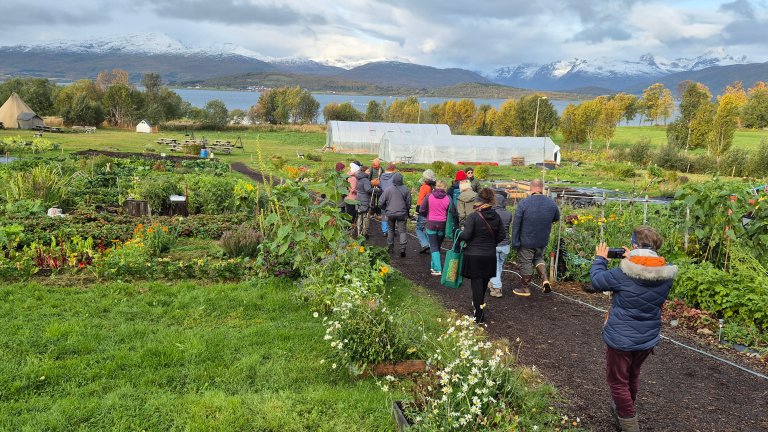
Arctic Agriculture in a Changing World
Inger Martinussen is a prominent researcher and department head at NIBIO, specializing in horticulture. For the past two years, she has been the President of the Circumpolar Agricultural Association (CAA). With support from many good colleagues, she was directing the conference in Tromsø.
“We do not know exactly what changes we are facing, but it is always important to be prepared. The climate is giving us a longer growth season, which provides an extended opportunity for crop production. Of course, this is not entirely positive, but here in the north, we tend to think that we can benefit from a warmer climate”, Martinussen says.
The conference showed that many of the participants were concerned with the same issues, such as growing conditions, climate change, regulatory frameworks, and market access.
“We often think that distances are long here in Northern Norway, but that is nothing compared to the distances in places like Canada and Alaska. The land areas are vast, and the population is small. Therefore, they face completely different challenges, for example when it comes to logistics and access to veterinarians.”
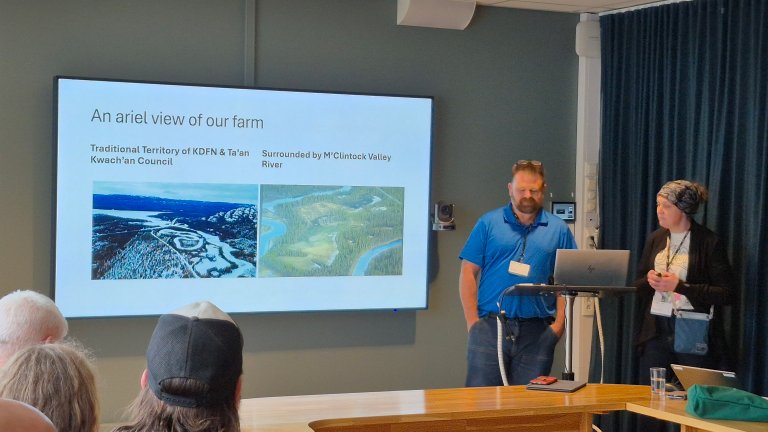
“Here in the Nordic countries, we generally have favourable conditions for agricultural production, in the form of government support and large cooperatives such as Tine and Nortura. There are also large differences when it comes to self-sufficiency. For example, Finland is more or less self-sufficient, while we in Norway still have a long way to go in this area.”
Martinussen emphasizes that agriculture also plays an important role in terms of preparedness.
“Northern Norwegian agriculture helps maintain settlement across the country. In addition, there is potential to produce much more food than we do today, but this requires commitment from everyone involved along the entire food production value chain.”
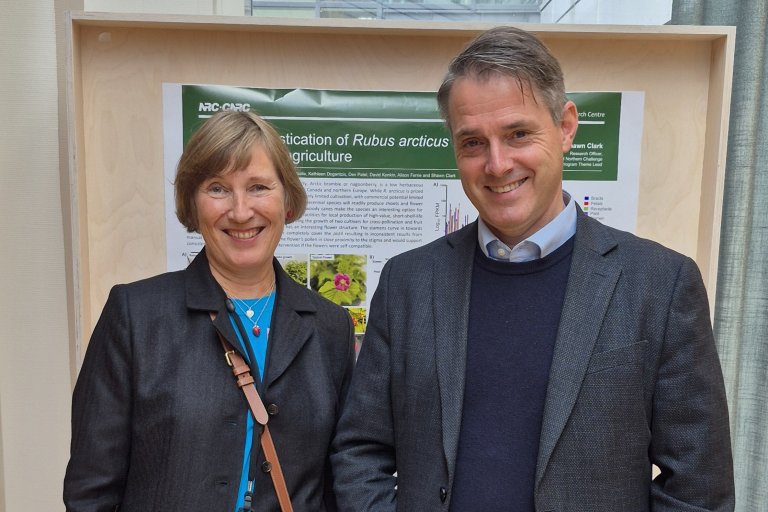
Networking is important
One of the participants at CAC2025 was Maria Leung, a wildlife biologist from Whitehorse, Yukon – the largest city in Northern Canada. She gave a presentation about beneficial management practices for wildlife species at-risk in a subarctic agricultural landscape.
“This was my second conference”, Leung explains.
“I was also attending the CAC2023 in the Faeroe islands two years ago.”
“Personally, I think the network, the connections and the common understanding are the most important things I take home from this conference. We all have a lot in common, but we look at things from different viewpoints. Coming together to exchange ideas and solutions are really useful”, she concludes.
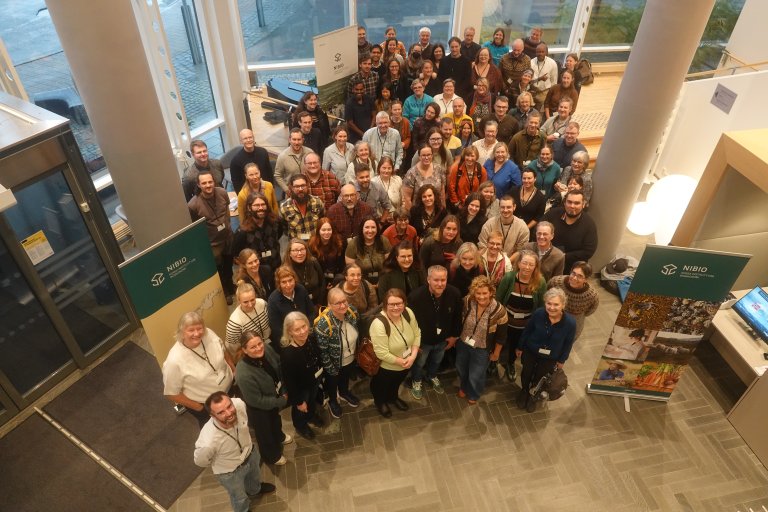
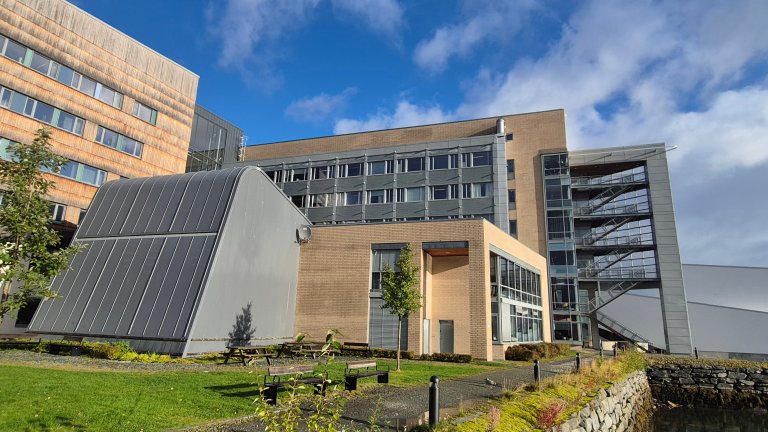
Contacts
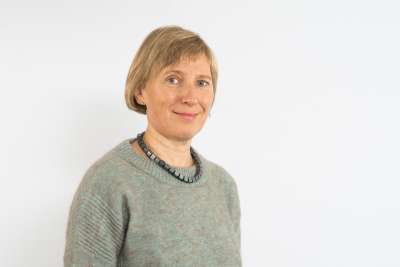
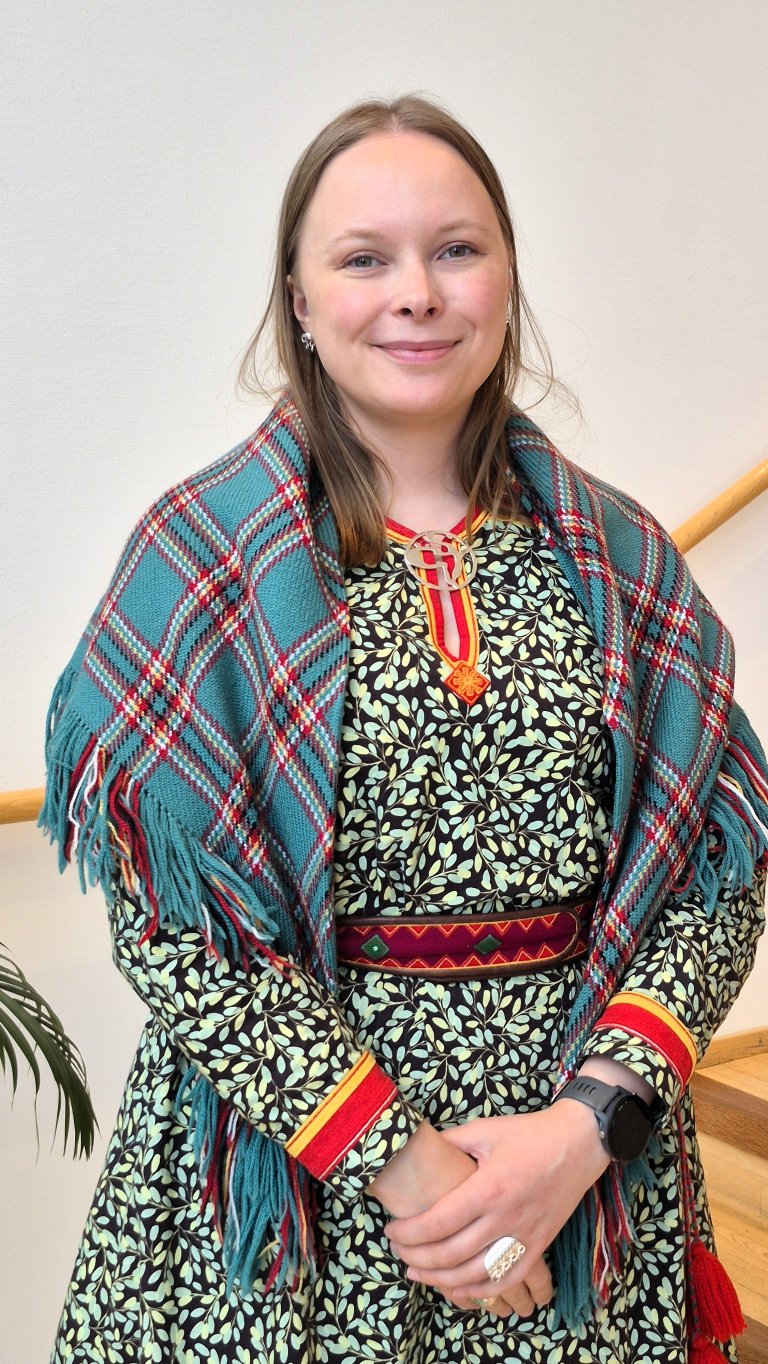
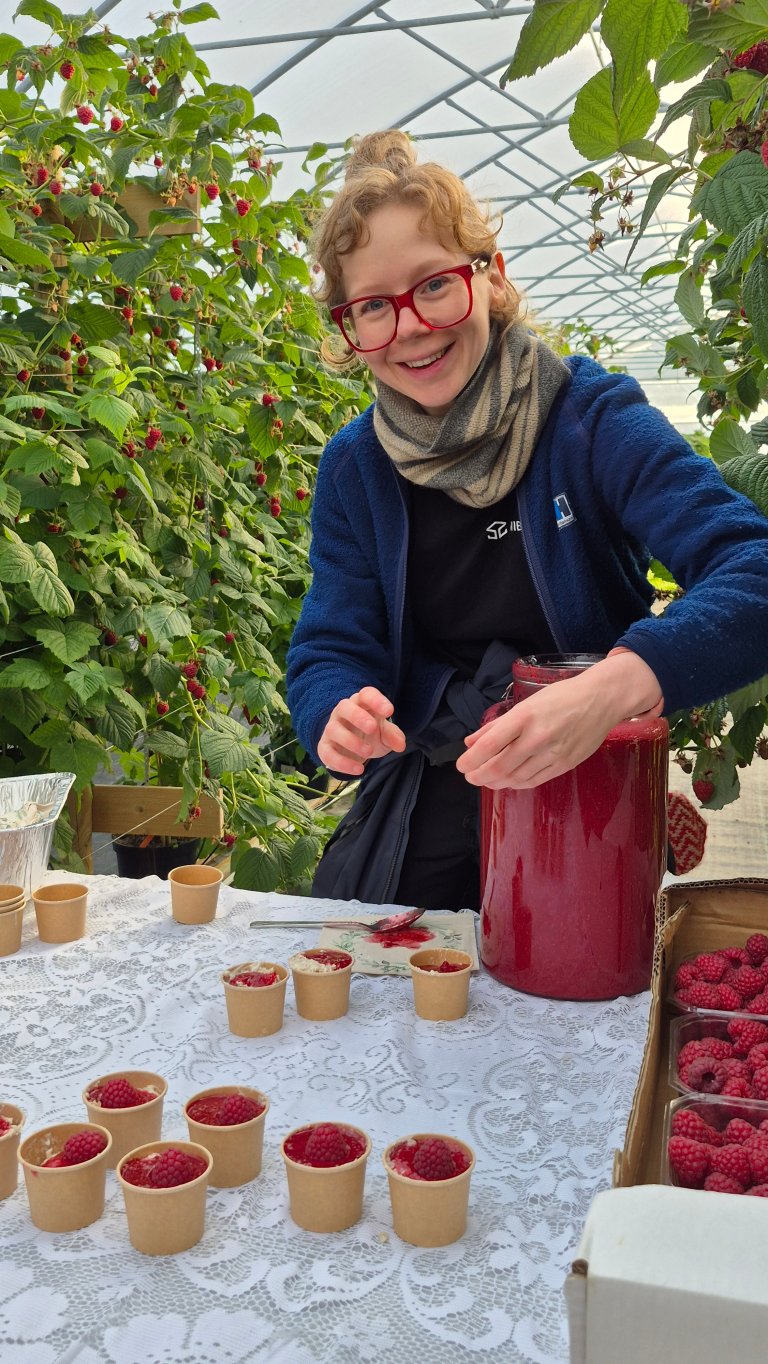
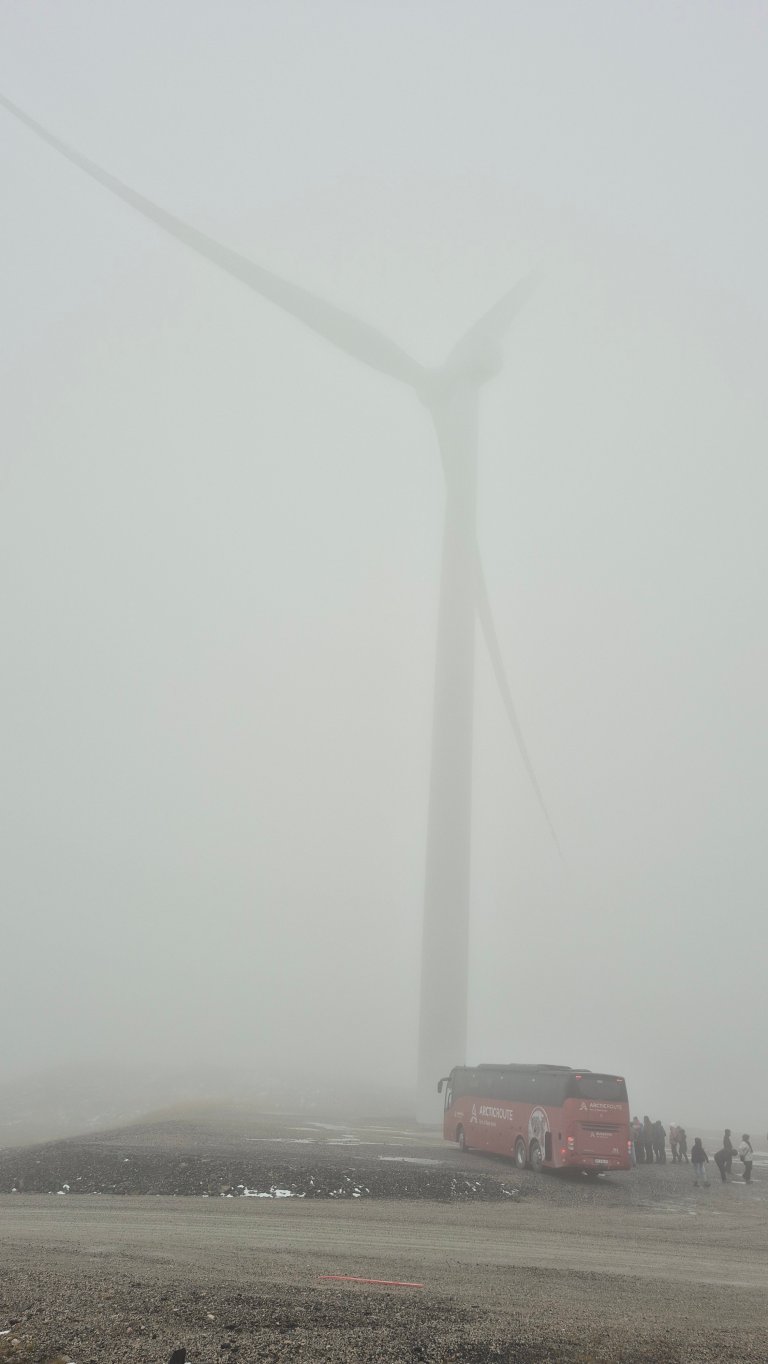
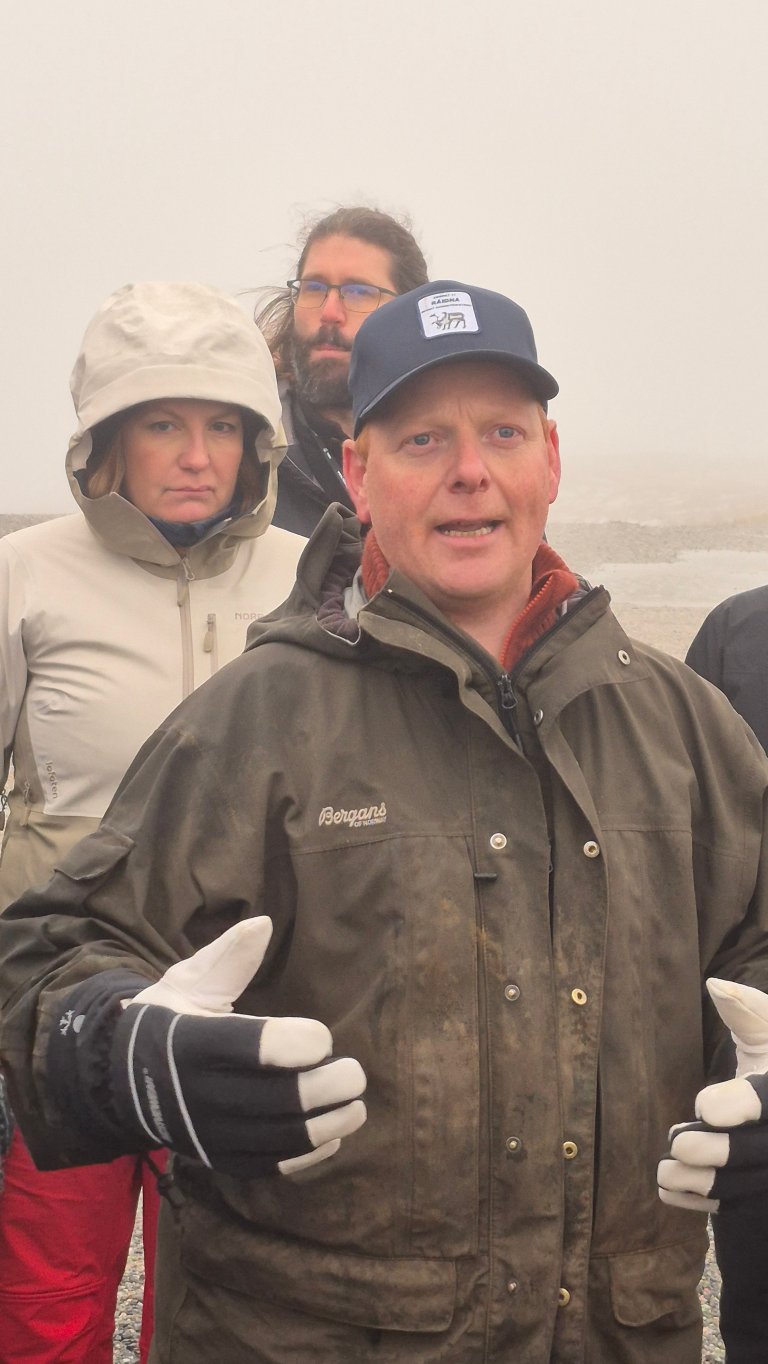
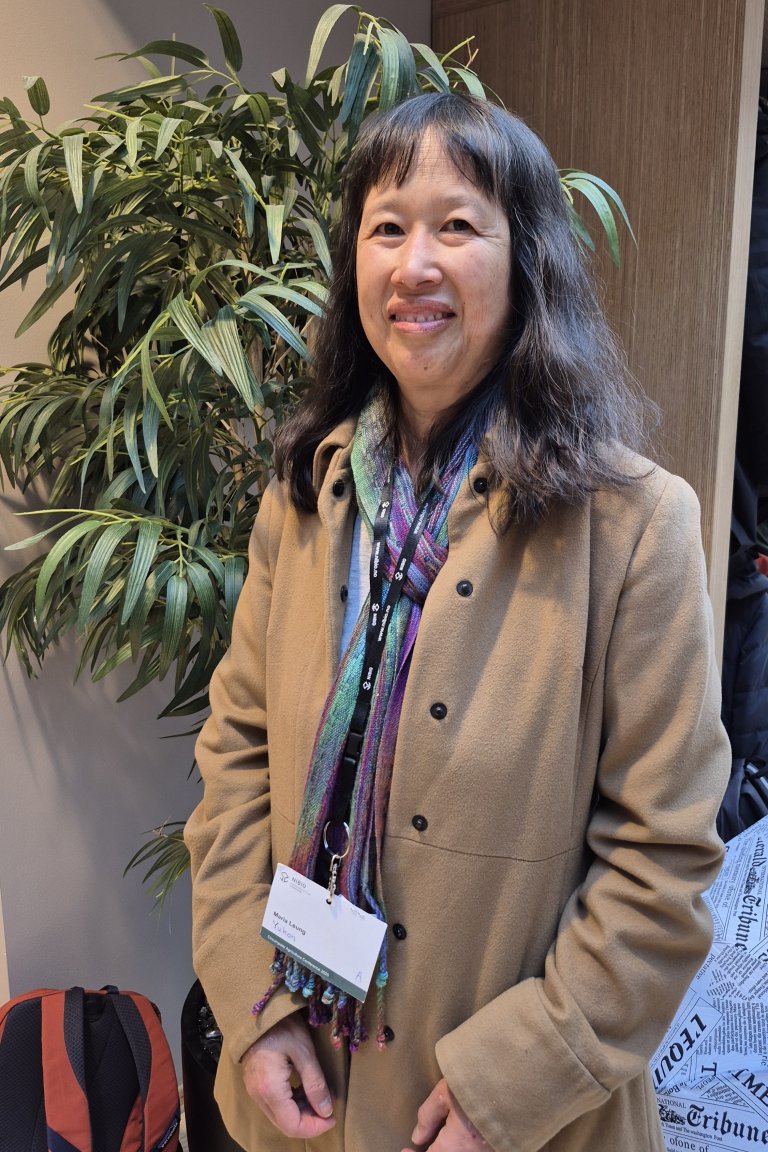
Contacts


